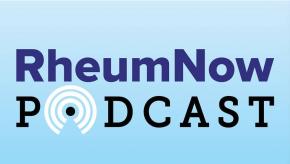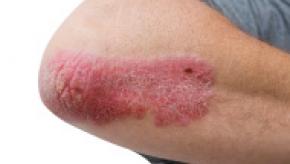News
Simple Measures are Effective in Knee Osteoarthritis
Knee braces, water therapy and exercise are the most promising non-drug therapies for treating knee osteoarthritis, according to a new meta-analysis publishing June 18, 2025 in the open-access journal PLOS One by Yuan Luo of the First People’s Hospital of Neijiang, China.
What we need in very early arthritis
It's easy to think that in our current world that we've done it all for rheumatoid arthritis, that there's nothing left to be done after b/tsDMARDs have become relatively widespread and accessible. If we aren’t satisfied that we’ve done all we can for our RA patients, how can we make their treatment and their lives better?Trends and Innovations from Barcelona (6.20.2025)
Dr. Jack Cush reviews highlights, trends and novel studies from EULAR 2025 in Barcelona from last week.
Pregnancy in SLE: Risks Extend Beyond Clinical Concerns
While clinical comorbidities such as lupus nephritis, hypertension, and thrombocytopenia have traditionally dominated risk assessments, new findings presented at EULAR 2025 spotlight the critical—and often underrecognized—role of social determinants of health (SDOH) in shaping maternal outcomes.Striking a ‘nerve’ in RA: understanding neuromodulation
Over the last 50 years, discoveries of connections between inflammation and the nervous system have been better understood.What would it take for JAKs to ROCK the boat?
JAK inhibitors have taken a beating over the last three years. The excitement and potential has been tempered by mounting cardiovascular safety concerns, but specifically in at-risk patients, compared to TNF inhibitors. So it is an intriguing idea to pair JAK inhibitors with something that might have a cardioprotective effect. It is therefore worth excitement that we have a therapeutic option to follow which does just that. At EULAR 2025, we have seen phase 2 results for CPL’116, and a simultaneous publication in The Lancet Rheumatology.Promising role of Fc neonatal receptor blockade in autoimmune rheumatic diseases
During EULAR 2024, we learned about a novel mechanism of action therapy, nipocalimab in Sjogren’s disease (SjD). This is an anti-neonatal Fc receptor (FcRn) mAb that reduces circulating IgG, including autoantibodies, by selectively blocking the interaction of IgG with FcRn. A year on at EULAR 2025, data from Phase 2 RCT of efgartigimod, an FcRn-inhibitor were presented in autoantibodies positive, moderate to severe active SjD. In addition to SjD, data from Phase 2 RCT of efgartigimod in inflammatory myopathies was presented.Persistent Burden in Early RA Despite Disease Control: insights from CareRA Trials
Advances in the treatment of rheumatoid arthritis, particularly the treat-to-target strategy and the introduction of effective DMARDs, have improved the management of inflammation in RA. However, improved inflammatory markers do not always translate into a resolution of patients’ symptoms or improvements in functional capacity. A recent pooled analysis from the CareRA and CareRA2020 randomized controlled trials shed new light on this dissociation between biological disease control and patient-reported outcomes.A new mechanism of action in SARD-ILD
Nerandomilast, an inhibitor of phosphodiesterase 4B, orally administered, is a new mechanism of action to treat lung fibrotic diseases.
Add-on certolizumab in pregnant women with APS
Women with antiphospholipid syndrome and lupus anti-coagulant are at high risk of developing adverse pregnancy outcomes (APO). Usual care includes low molecular weight heparin (LMWH) and low dose aspirin (LDA). Despite these therapies, APO have been reported up to 40%.















